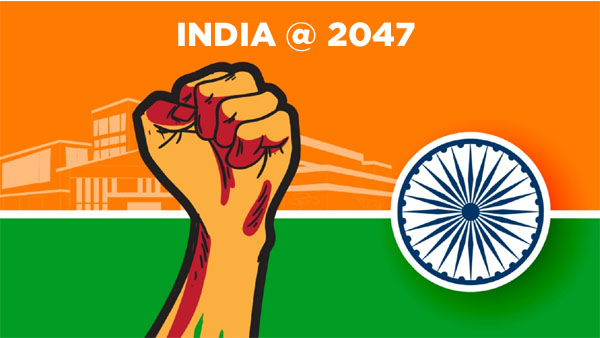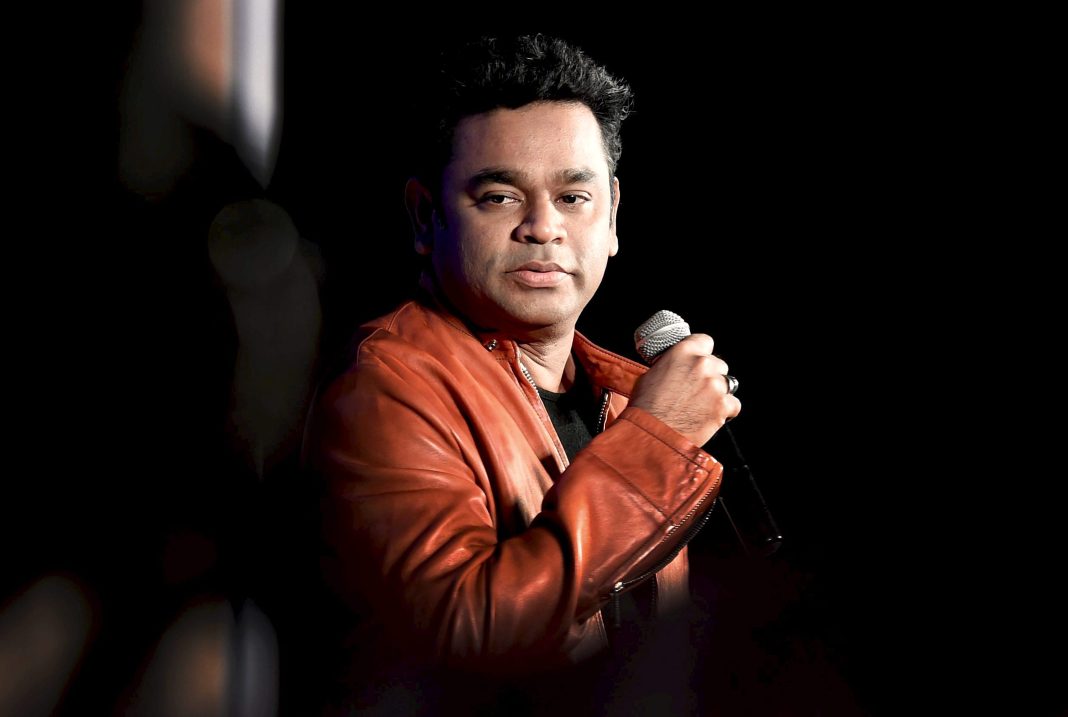Dipak Kurmi
As India sets its sights on 2047, the year marking its centenary as an independent nation, the country aspires to evolve into one of the world’s most developed nations. This ambitious vision encompasses not just economic growth, but a comprehensive transformation that promises prosperity, equality, and social harmony for every citizen. The ultimate goal is to create a ‘Viksit Bharat’—a developed India—where the need for free rations and political allurements like vote-based freebies would no longer exist. In this envisioned future, the struggles of hunger, malnutrition, ill health, and lack of access to basic services would be relegated to history.
In a developed India, essential needs like clean air, potable water, a reliable roof over one’s head, and guaranteed employment would no longer be privileges but fundamental rights. More significantly, education would be universally accessible, ensuring that children from all walks of life—from the elite circles of Lutyens’ Delhi to the remote villages of Jhabua—receive equal opportunities and an equal chance to succeed. Education, once a ‘necessary utopia,’ would become the pillar of India’s future.
However, the path towards this idealized India is not without challenges. At the heart of the nation’s struggle for unity lies the need to eradicate the deep-seated communal disharmony and social exclusion that have historically plagued the subcontinent. These divisions have been exacerbated by both religious and cultural fissures, which often overshadow the vast shared human values across faiths. While India’s rich tapestry of religious and cultural diversity has been a source of strength, it has also given rise to a complex web of communal tensions that continue to defy solutions despite well-intentioned efforts.
The challenge of communal cohesion is not unique to India but is a global issue, worsened by the rise of extremism, terrorism, and fanaticism. These global forces have contributed to growing distrust, seclusion, and a sense of fear, which have ultimately eroded the prospects for peace. The growing prevalence of violence in various forms, coupled with political and economic motivations that foster the proliferation of weapons, only deepens this crisis. In India, these issues manifest themselves in heightened tensions around minority-majority relations and the challenge of integrating diverse communities into a cohesive national identity.
Despite these challenges, there is hope for a future where religious and social cohesion can thrive. The idea of a truly inclusive India, where the majority and minority communities coexist peacefully, is not a distant dream. The essence of this unity lies in the shared human values that bind all religions. As India looks towards 2047, there is an urgent need to foster mutual respect and understanding among its people, transcending the boundaries of religion and caste.
Revisiting the Roots of India’s Religious and Cultural Unity
The idea of social and religious harmony in India has historical roots that trace back to its ancient civilizations. However, the path to achieving true cohesion has been fraught with challenges. One of the most significant historical influences on India’s communal psyche was the ‘two-nation theory’ articulated by Sir Syed Ahmad Khan in the 19th century. Sir Syed, a prominent Muslim scholar and reformer, envisioned a scenario where Hindus and Muslims could never coexist peacefully under one governance system, arguing that each community would require its own separate political autonomy. His vision of two distinct nations was rooted in his belief that the two communities, though living side by side, had fundamentally different cultural and political trajectories.
The repercussions of Sir Syed’s theory were profound, contributing to the ideological foundation that eventually led to the partition of India in 1947. While Sir Syed’s vision of two nations was based on a realistic understanding of the socio-political dynamics of his time, it also sowed seeds of division, which continue to affect Indian society even today.
However, despite the enduring legacy of the partition and the divisive impact of the two-nation theory, India has proven that religious unity is not only possible but achievable. The success of the Indian experiment in secularism and democracy stands as a testament to the resilience of the nation’s commitment to equality and pluralism. Unlike many other parts of the world where religious tensions have led to bloodshed, India remains one of the few countries where multiple faiths coexist, with religious tolerance deeply embedded in its cultural fabric.
The persistence of communal tensions, however, highlights the need for continued effort to foster interfaith dialogue and mutual respect. India’s history of dialogue between its diverse religious communities offers a roadmap for overcoming the challenges of social and religious disharmony. The heritage of dialogue and reconciliation in India must be revived and strengthened to pave the way for a more harmonious society in the years ahead.
The Changing Global Landscape and Its Impact on India
India’s aspirations for 2047 are set against the backdrop of a rapidly changing global landscape. As the world faces unprecedented challenges such as climate change, deteriorating human-nature relationships, and the rise of global violence, the need for international cooperation and peaceful coexistence has never been more urgent. The rise of nationalism, fundamentalism, and protectionism worldwide is a cause for concern, as these ideologies often fuel distrust and conflict, particularly in regions that are already grappling with religious and ethnic divides.
For India, these global dynamics present both a challenge and an opportunity. While the rise of extremism and climate change pose significant threats to global stability, they also offer India a chance to assert itself as a leader in promoting peace, sustainability, and dialogue. India’s leadership in the non-aligned movement and its commitment to environmental sustainability have already garnered global attention, and as it moves closer to 2047, it is poised to become a key player in shaping a new world order based on cooperation and mutual respect.
India’s experience of dealing with internal divisions and maintaining a multi-religious, pluralistic society offers valuable lessons to the world. If India can overcome its communal challenges and continue to build on its legacy of religious unity, it could serve as a model for other countries grappling with similar issues. India’s success would not only benefit its own citizens but could also contribute to global peace and stability in the 21st century.
The Path Forward: Unity, Education, and Empowerment
The vision for India in 2047 is not merely about achieving economic success or military prowess. It is about building a society that is inclusive, peaceful, and equitable. Achieving this vision requires a focus on three key areas: unity, education, and empowerment.
Unity: The path to unity lies in transcending the divisions that have plagued India’s past. This means addressing the deep-seated communal tensions and fostering a sense of belonging among all communities. The focus should be on promoting shared human values while respecting the diversity of cultures and beliefs.
Education: Education will be the cornerstone of India’s future success. Ensuring that every child, regardless of their background, has access to quality education is crucial. This includes not only academic education but also values-based education that emphasizes tolerance, respect, and empathy.
Empowerment: Empowerment of all communities, particularly marginalized groups, is essential for creating an equitable society. This includes economic empowerment, social justice, and ensuring that every citizen has access to basic services like healthcare, housing, and clean water.
As India moves towards 2047, it must continue to build on its strengths—its diversity, its rich cultural heritage, and its commitment to democracy. By focusing on unity, education, and empowerment, India can create a future where every citizen has the opportunity to thrive, and where the ideals of peace, harmony, and mutual respect form the foundation of a vibrant, prosperous nation.
India’s journey towards 2047 is not just about national development but also about creating a global model of peace and unity, proving that a multi-religious society can coexist, flourish, and contribute to the world’s collective good.
(the writer can be reached at dipakkurmiglpltd@gmail.com)




